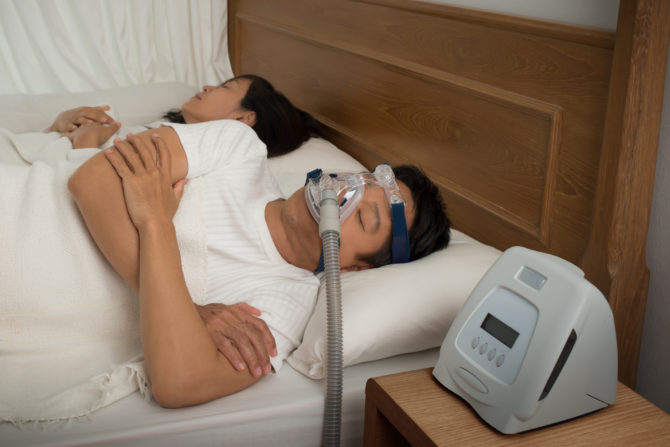
Welcome to our comprehensive guide on sleep apnea machines. If you or a loved one struggles with interrupted sleep and disruptive breathing patterns throughout the night, a sleep apnea machine could be the solution you have been searching for. Sleep apnea is a common condition characterized by pauses in breathing or shallow breathing during sleep, leading to poor quality of rest and potential health risks. Fortunately, advancements in medical technology have led to the development of sleep apnea machines that can effectively treat this condition and help individuals breathe easier while they sleep.
Types of Sleep Apnea Machines
There are three main types of sleep apnea machines categorized based on their functionality and features. The most common type is the Continuous Positive Airway Pressure (CPAP) machine, which delivers a constant flow of air at a prescribed pressure to keep the airway open during sleep. Another type is the Bi-level Positive Airway Pressure (BiPAP) machine, which provides two different pressure levels—one for inhalation and another for exhalation, offering more customized therapy. Lastly, there are Automatic Positive Airway Pressure (APAP) machines that adjust the air pressure automatically based on the individual’s breathing patterns throughout the night.
Choosing the Right Machine
First and foremost, consider the type of sleep apnea you have been diagnosed with when choosing a machine. There are different machines available for obstructive sleep apnea (OSA) and central sleep apnea (CSA), so consulting with your healthcare provider is crucial in determining the appropriate device for your specific condition.
Secondly, take into account your lifestyle and preferences when selecting a sleep apnea machine. For example, if you often travel or need to use the machine in different locations, a portable or travel-friendly device may be more suitable. Additionally, some machines offer features such as quiet operation or advanced data tracking, so identifying which factors are important to you can help narrow down your options.
Lastly, consider the comfort and fit of the machine, as you will likely be using it every night. Look for machines with adjustable settings, comfortable masks, and features that promote better sleep quality. Ensuring that the machine is user-friendly and aligns with your needs will ultimately improve your experience with sleep apnea treatment.
Maintenance and Care Tips
Regular cleaning of your sleep apnea machine is crucial to ensure optimal performance and hygiene. Start by disconnecting the machine from the power source and removing any detachable parts. Wash these components with mild soap and water, making sure to thoroughly rinse and air dry before reassembling.
It is recommended to replace the machine’s filters regularly to prevent dust and particles from entering the air pathways. 睡眠呼吸機 Check your manufacturer’s guidelines for the specific filter replacement schedule. Additionally, wiping down the exterior of the machine with a damp cloth can help remove any accumulated dust or dirt, maintaining a clean and inviting appearance.
Proper storage of your sleep apnea machine is essential when not in use. Keep it in a cool, dry place away from direct sunlight or moisture. Storing the machine in a carrying case or designated cabinet can shield it from potential damage and dust buildup, prolonging its lifespan and effectiveness.